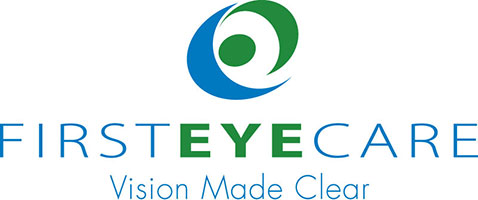Diagnosing And Treating Different Types Of Pink Eye
Her at Fist Eye Care, our team of optometrist see many patients with common eye diseases and discomforts. One of the conditions our patients visit our offices is due to pink eye discomfort. Pink eye, otherwise known as conjunctivitis, affects people all around. Here are some of the few pinks variations we treat at our Hurst, Woodland Springs, and Roanoke optometrist.
Bacterial Pink Eye
The most common type of pink eye is called bacterial conjunctivitis, a highly contagious infection of the eye’s conjunctiva, a mucous membrane covering the eye and inside of the eyelids. Inflammation of blood vessels in the eye is what causes visible eye redness indicative of pink eye. Symptoms of bacterial conjunctivitis include redness, itchiness, gritty sensation in the affected eye and overnight discharge. People with pink eye may have trouble opening their eye in the morning as the discharge seeps and crusts over while they sleep. To treat bacterial pink eye, your eye doctor will prescribe antibiotic eye drops or topical ointment.
Viral Pink Eye
Viral conjunctivitis spreads via airborne viruses responsible for respiratory illnesses. People with the flu, a head cold or the measles may also suffer viral conjunctivitis. Signs of this type of pink eye include a watery discharge, itching, and redness. Usually, a viral pink eye infection emerges in one eye but rapidly infects the other eye. Since antibiotic treatments won’t work against viral infections, your optometrist may prescribe eye drops to reduce redness, surface swelling of the eye and an antihistamine for the relief of itching and burning. Viral pink eye typically resolves itself within one to two weeks.
Giant Papillary Conjunctivitis (GPC)
Less common than viral or bacterial pink eye, giant papillary conjunctivitis is exclusive to people wearing soft contact lenses and generally affects both eyes. Signs of GPC involve the inability to wear contact lenses, heavy discharge, red bumps covering the inside of the eyelids and itching. If you are diagnosed with GPC, you will have to stop wearing contacts for a short period. In addition, your optometrist may recommend switching to another form of contact lens, such as gas permeable or disposable contacts, to help reduce the risk of recurring GPC.
Noninfectious Pink Eye
Chemicals, perfumes, car exhaust and smoke are some irritants that can cause eye irritation and symptoms of pink eye. Although the noninfectious pink eye is not bacterial or viral in nature, it can still cause redness, discharge, and swelling requiring treatment by your eye doctor.
Seek First Eye Care Today
Most cases of pink eye can be diagnosed by simply evaluating the condition of the eye. Staining and culture of conjunctival tissue may be necessary if your eye doctor does not believe a pink eye infection is bacterial, viral or noninfectious. If you have symptoms of pink eye, call First Eye Care today at 817-656-2020 to schedule an appointment with our optometrist.



